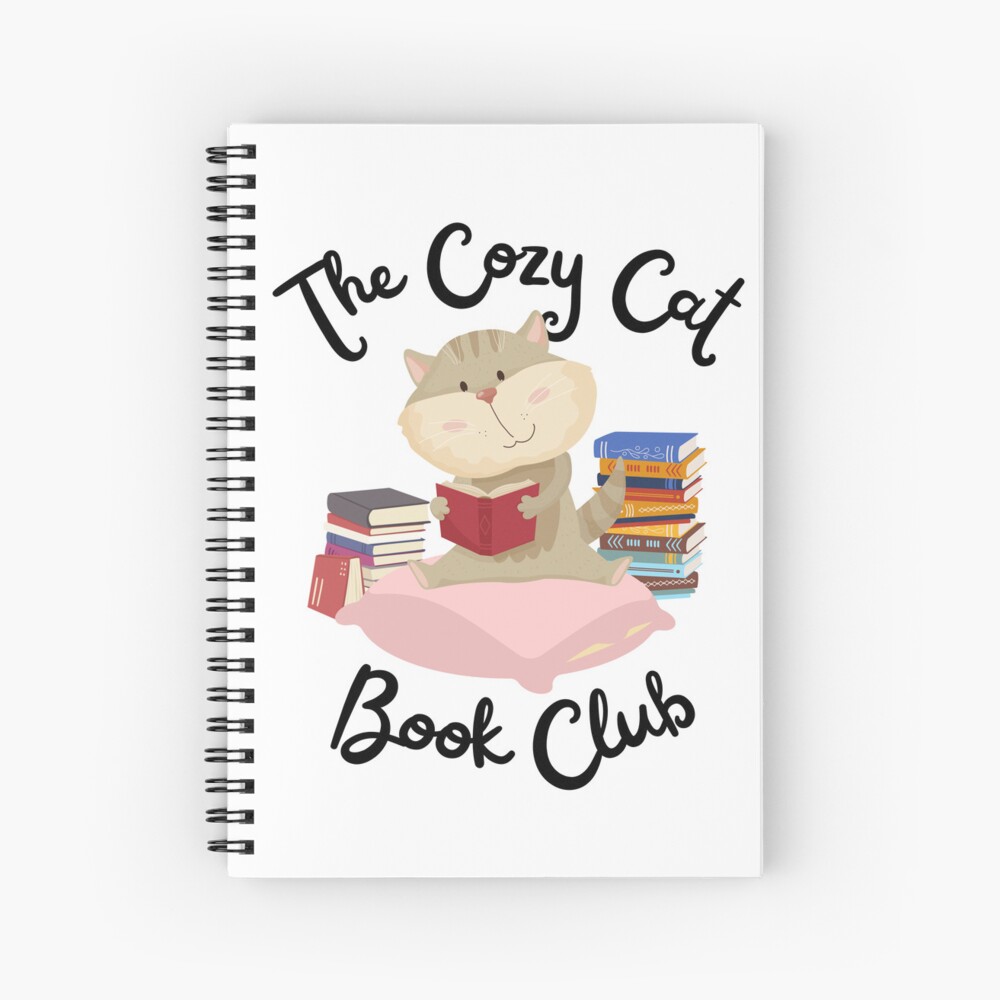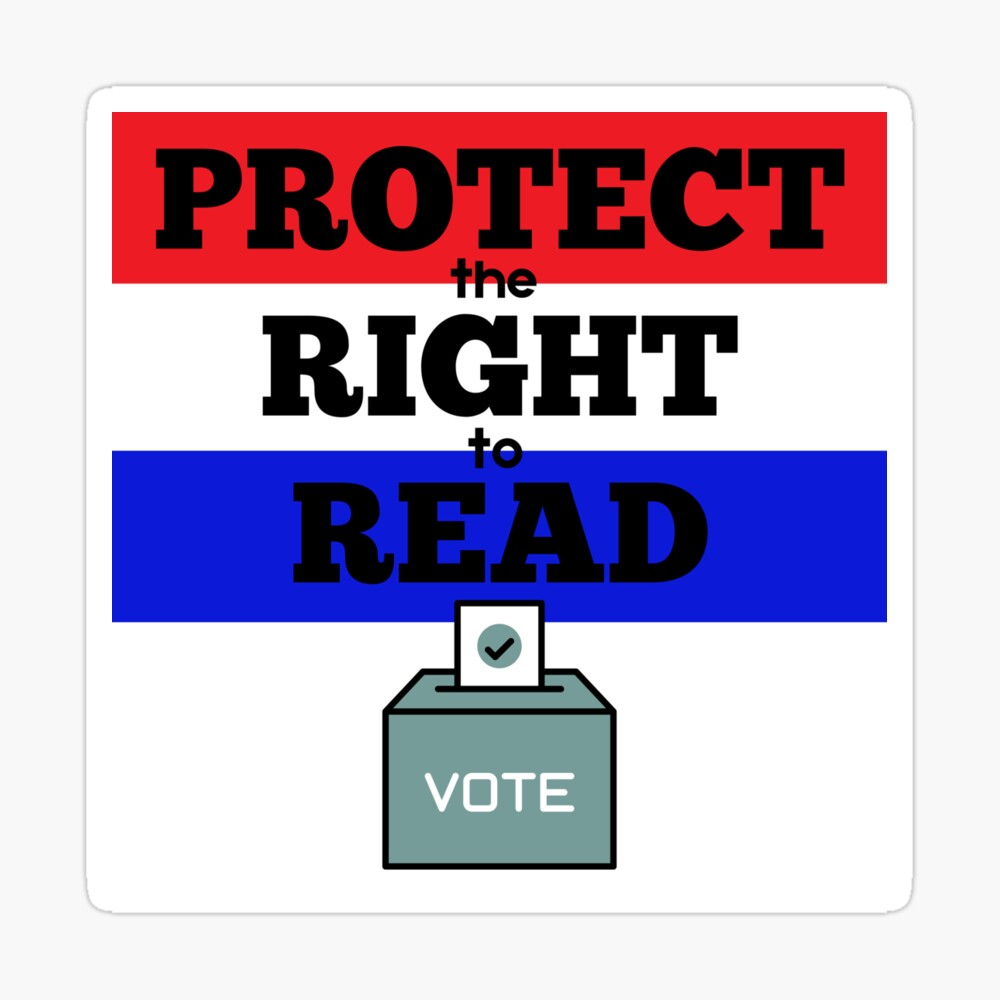Yesterday I wrote about the so-called “rules” of writing that are broken by many best-selling books on retail shelves now. Here’s two more:
Don’t date your story with product placement: Writing that your character has a crush on Zac Efron can give the story a touch of authentication, but the reason this is considered a no no is that in 50 years, Zac Efron might not be in the public consciousness anymore (no offense, Zac). So, by using something or someone in today’s culture, you’re dating your book to this time period, and one of the goals for a great book is to be timeless, to be the kind of book that can be read and enjoyed 70 years from now as well as it is today. C.S. Lewis wrote The Lion, the Witch and the Wardrobe in 1950 and it’s still on shelves today, 59 years later — something we’re all striving for in our stories. So, the “rule” is, don’t limit the readership by dating the story with current people and objects. Yet, there are many books on shelves with these references. I just finished reading Alyson Noel’s Evermore — if you haven’t read it, I highly recommend you get a copy. It’s a fun page-turner — and in it, Alyson has placed numerous references to things from today’s culture, for example a reference to Pirates of the Caribbean’s Orlando Bloom. Is Bloom going to be timeless? Will he be as memorable as, say, James Dean in 60 years? (No offense, Orlando.) It comes down to author’s choice. I have a reference to the tornado in The Wizard of Oz (another classic novel) in my novel and have been told the “rule” a few times. I’m happy with my reference because I think The Wizard of Oz is timeless enough that it doesn’t date the story. But it’s another “rule” that can be broken.
Don’t write sentences that are too long: This “rule” is for children’s books, which is what I write. The “rule” is based on the idea that kids won’t read a book that has long sentences. I don’t know if this is really true, but I hope that it isn’t. Personally, I don’t think writers should write down to children by keeping sentences short and words easy. As a kid, I remember looking up words in the dictionary many times when I read a book. The book expanded my knowledge, and that can’t be a bad thing. Now, here’s an example of the “rule” broken. Here’s a sentence from this year’s Newbery Medal winner, The Graveyard Book:
Then he moved through the night, up and up, to the flat place below the brow of the hill, a place dominated by an obelisk and a flat stone set into the ground dedicated to the memory of Josiah Worthington, local brewer, politician and later baronet, who had, almost three hundred years before, bought the old cemetery and the land around it, and given it to the city in perpetuity.
That’s a long sentence, and Neil Gaiman could have broken it up into shorter sentences, but he chose not to. And he has plenty more in the book — the Newbery Medal winning book.
So, again, “rules” are there for a reason but can be broken. First, of course, you have to know them and know why they’re rules, then you can make a choice about whether to follow them or break them.
Write On!






